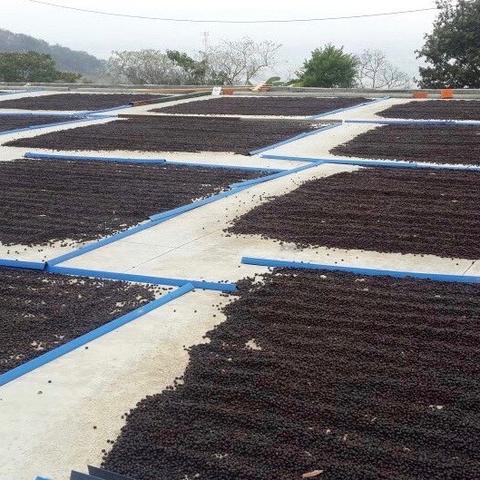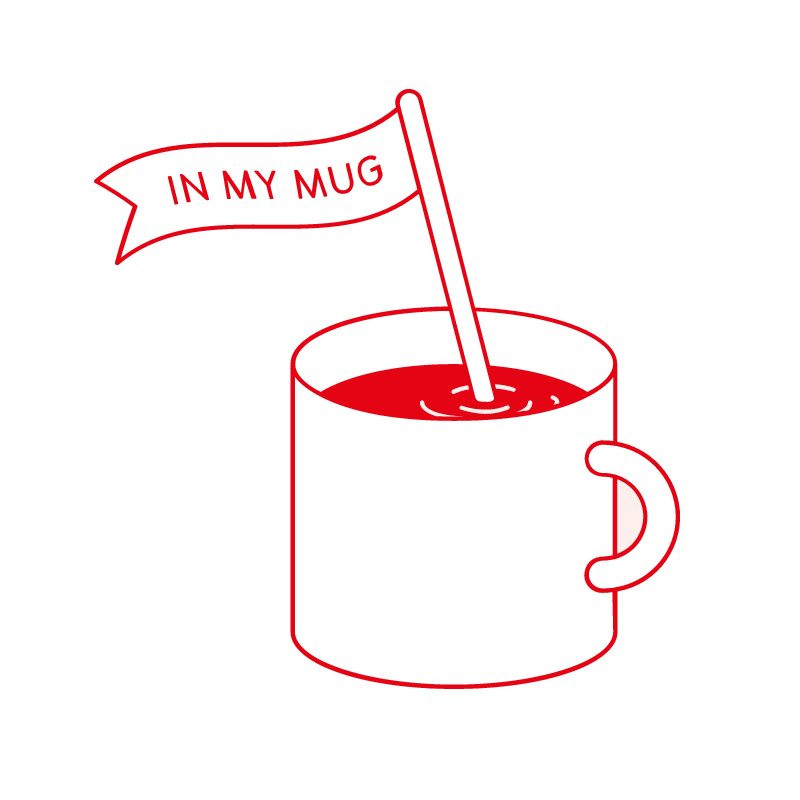Episodes

Sunday Oct 30, 2016
Sunday Oct 30, 2016
I first discovered El Limon on my trip to Guatemala in early 2013, at the time we 'd never bought coffee directly from Guatemala; but since then this has become one of our strongest and most amazing relationships.
My friend Raul (who you may remember as the World Barista Champion of 2012!) in Guatemala had been buying coffee from these guys for a couple of years and was very keen for me to go and meet them. Located around an hour's drive to the east of Guatemala City in the small town of Palencia, this farm sits at an altitude of between 1,600 and 1,800 metres above sea level. It's owned by Guadalupe Alberto Reyes, who used to be the Mayor of Palencia and helped to build and develop the town.
Palencia is not part of the eight regions of coffee as defined by Anacafé, but you can see a lot of development in the zone, and this farm is a perfect example of that development. I like being in places that are working to be hot and up-and-coming, as well as those that are established players.
1 of the main reason I love El Limon is the desire to experiment, it mostly produces Bourbon and Caturra but also plays around with a few other varietals. The experimentation comes from the motivation of 'Beto', who has really focused on the farm in the last three years. He wanted to take more care in every step they take – from picking to processing, to shipping – and also take more care in the agronomy of the farm. This is very much a family affair; his wife and son also work on the farm, along with Beto's siblings. In fact, his son is studying agronomy at the local college for the benefit of the farm.
The dedication and care devoted to each step of production is reflected in the fact that they have built a new wet mill so that they can separate different lots and have control over the quality of the coffee. Previously the mill could process only one lot; now they are able to process many lots, and keep separate days' pickings and varietals in their own parcels. With this wet mill came another opportunity, which was for neighbours and people within the region of Palencia to bring their coffees to the mill where they could get them processed. Again, another sign that this is a hot spot for Guatemalan coffee.
As time moves on Beto doesn't want to stand still and is continuing to invest in the farm, recently he showed me lots of new planting during my visit, as well as a lot of building work around the wet mill. He is also building a QC lab and new accommodation for people working on the farm, it was a real hive of activity.
Beto and his family have always been the perfect hosts when I have visited the farm, they are such welcoming people and take great pride in showing me around their farm. 1 of the kindest things they've done for me is welcome me into their home when I am visiting, and they always prepare the most amazing meals! When you travel as much as I do, mid-trip you find yourself longing for something big, home-cooked and not from a restaurant or roadside pop-up cafe...traditional Guatemalan meals are just the ticket and I always look forwards to the food, but mainly I look forward to the company.
Purely as an experiment, Raul and Beto decided they wanted to try doing something different with a coffee. They tinkered with processing methods to see what happened and to see what they could get out of the coffee. When I visited they told me about it, and OF COURSE I tasted the coffee and OF COURSE I bought the coffee! Last year we had this process but with a Caturra lot, this year it's the same process but with a lot of San Ramon and Catisic.
When farms are processing a coffee, they use a depulping machine that removes the cherry and most of the mucilage. There is a setting on this machine that adjusts how close to the bean it cleans, and therefore how much of the fruit is left behind. The farms Raul works with in Guatemala have, when honey processing, typically used a middle setting (Red Honey). However, Raul wanted to try a Black Honey.
In Costa Rica, where these are most often produced, this would mean leaving all the mucilage and just taking off the fruit skin. However, when they have done Black Honey in Guatemala they have opened the depulper very wide, and some of the cherries have had the skin removed, whilst a few have been left intact. I guess this means it's kind of a hybrid Black Honey x natural process. These were then left on patios for thirteen days, which is about the same time that they use to dry their washed coffees.
In the cup this is a gooey black cherry covered in super high cocoa dark chocolate, that gooeynesscontinues in the thick mouthfeel and on the finish, sultana.
- Country: Guatemala
- Region: Palencia
- Farm: El Limon
- Farmer: Guadalupe Alberto Reyes
- Altitude: 1,600 m.a.s.l.
- Varietal: San Ramon & Catisic
- Processing System: Black Honey x Natural Hybrid

